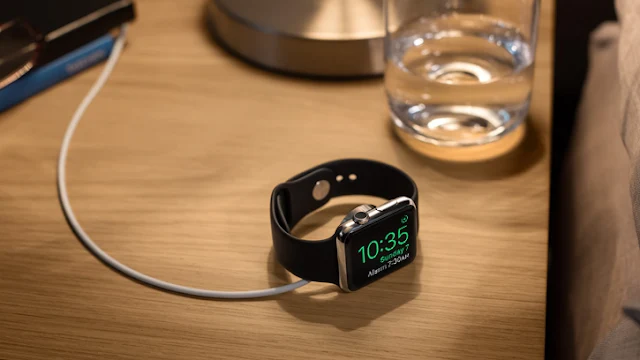Apple’s Spaceship Campus
It is reported that the new Sunnyvale campus known as Central & Wolfe for the streets bordering it, seems to be the latest in Apple’s big land grab and building trend. The campus is located five miles from Apple’s new main campus in Cupertino where it is being developed.
The new Apple campus has been referred by many as the `Spaceship Campus’ due to its flying saucer type design. It is being constructed by the British firm Foster + Partners who have been appointed as the architects for this massivebuilding.
Earlier project comprise of Wembley Stadium, Canary Wharf Underground Station, Stansted Airport, London’s Millenium Bridge, the Maclaren Technology Centre, HSBC HQ at Canary Wharf and the Hearst Tower in New York.
Based on the plan, Apple is transforming nine buildings from an old `70s era office park to a single curving building which seeks like a three-loaf cover. The six storeys, 770,000 square foot building will have none of the straight line in sight except for the outline of the main courtyard which one could look out from Apple store esque curved glass windows.
Placed Between New Spaceship Campus & Present Infinite Loop Campus
The sections of the clover leaf tends to open onto individual courtyards with a hope to bring some 4,000 computer obsessed employee who would be working in this building nearer to nature. Overall, the plan calls for 90,000 square feet of green space which would be accessible.
The new campus of Apple will be set in a 2.8 million square foot area, a 176-acre site plot and would housing more than 13,000 Apple employees in a single building.
The building seems to be more than a mile around. Besides this, there will be about 300,000 square feet of research facilities with underground parking. Apple had leased 290,000 square feet of new office space in Sunnyvale known as Sunnyvale Crossing, in May 2014 and it is presumed that this extra space includes seven buildings, which would be providing room for around 1,450 workers.
It is placed near the new `Spaceship’ campus and the present Infinite Loop campus. The 4 storey circular structure would be having enormous walls of glass which would enable the employees to view from both sides of the ring.
Important Segment – Restaurant – Giving Way to Landscape
According to an architect Peter Arbour, for Seele, the company which makes the glass staircases for Apple Stores across the world, informed Bloomberg that it is something like six kilometres of glass’. Forster +Partners founder and chairman, Norman Foster, in an interview with Architectural Record, explained that he was motivated by the idea of a London square where houses tend to surround a park and this ultimately gave rise to the present design – a circular structure surrounding a large outdoor park.
Forster also revealed in the video which was developed to promote the Campus 2 project to the City of Cupertino’s plan of commission that in the original plans, no circular `spaceship’ structure was included. He informed that `it did not start as a circular building but grew into that and the idea of one building with a great park was borne out of very intensive process’.
Due to the large size of the building, the sections have been divided into cafés, entrances and lobbies. The most important segment of the building is the restaurant which gives way to the landscape and the car park is below the landscape and there are no rows of parked car to interfere with the view.







